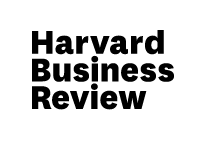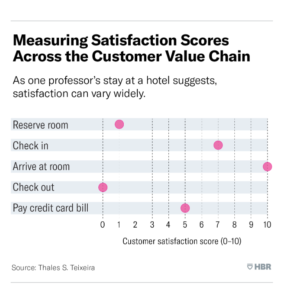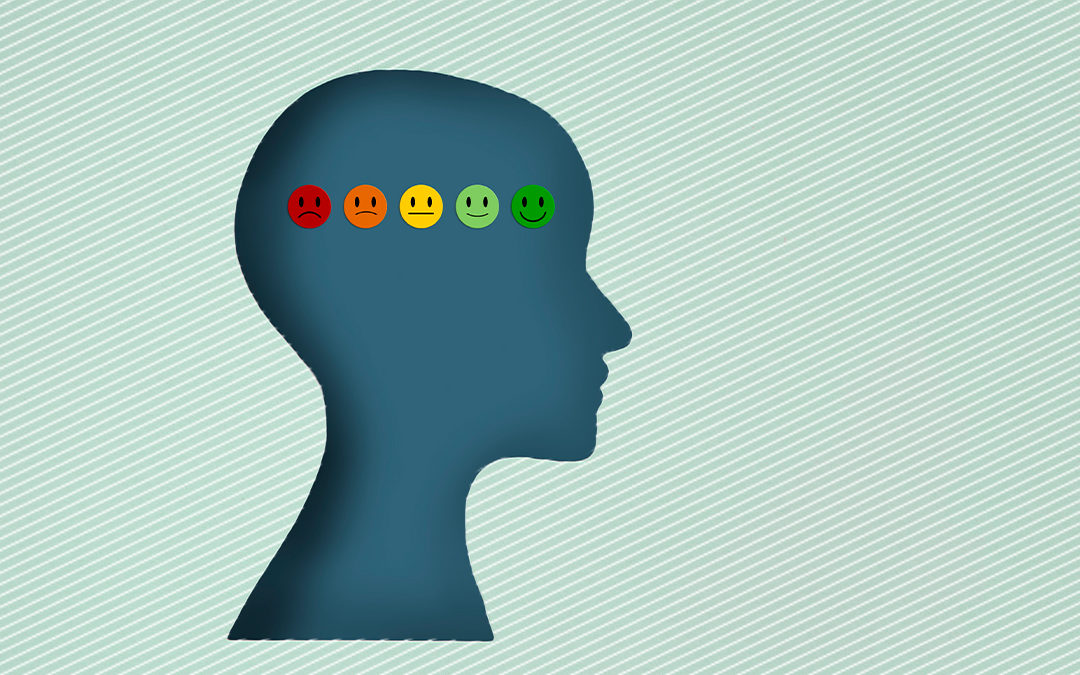↑ HBR Staff/Paula Daniëlse/Getty Images

This article says that to obtain the best possible NPS (Net Promoter Score) is to get customer evaluation at the right time in the customer’s purchase and use journey.
It’s really about understanding the “customer value chain” and to evaluate satisfaction at either adifferent point in their journey or a various points

by Thales S. Teixeira & Renato Mendes – 2 Oct. 2019
How to Improve Your Company’s Net Promoter Score
There is a sure-fire way to increase your company’s Net Promoter Score (NPS) or the likelihood that customers will recommend you to others. There’s also a sure-fire way to learn about your operational vulnerabilities using customer surveys. The key in both cases is to give customers the chance to evaluate you at exactly the right moment.
Most customer surveys, including NPS, are conducted at the very end of a purchase and consumption experience. Retailers send surveys after a purchase has occurred. Manufacturers wait a week or so for customers to use the goods before hitting them with a survey. Hotels generally approach guests at check-out or a few days after they leave. The idea is to have consumers experience the entire process, then gauge the overall experience.
But conflating all of the customer’s experiences into one summary judgment leads to lost opportunities. It can be instructive to think about what steps the customer goes through in the course of acquiring, using, and disposing of products and services (what we call the customer value chain) and to consider asking them to fill out the form at a different point in their journey. Imagine, for example, that you want to survey a hotel customer about her experience. She will have chosen what hotel to stay at, made a reservation, provided a credit card number, traveled to the destination, checked in, stayed in the room, perhaps had meals at the hotel’s restaurant, vacated the room, checked out, and paid for the stay. People normally derive pleasure from some of these steps, feel neutral about others, and find some annoying. Any business can — and should — classify their customers’ value chain into value-creating, value-charging (monetizing) and value-eroding activities.
One of us recently stayed at Ian Schrager’s hip new NYC Public Hotel on a business trip. He travels frequently, so he found it tedious to type in personal details and payment information, as he has to do every time he books a hotel room. If the hotel were to measure his satisfaction after this activity, he’d probably have evaluated it at 1 on a 1-10 scale. Weeks later, when he arrived to check in after an exhausting cross-country red-eye flight, he was given access to the room at 5 a.m. (hours before the official check-in time). If requested, his score would have been 6 or 7; he felt truly thankful. And then when he entered the clean, modern room right in time to see the sunrise behind New York’s skyline, he felt fabulous. His implicit score could have been as high as 10. On the last day of his stay, he had to rush to vacate the room because the hotel was not willing to tolerate even a 30-minute delay in checking out. At that point, he was tempted to bad-mouth the hotel to his acquaintances — and would have rated it at zero. By the time he paid his credit-card bill, he was feeling more positive and reversed his downward trending perception of the hotel to a score of 5.


If hotel management only measures this guest’s satisfaction at the end of his experience, they will learn only one thing: his final judgment. But if they had measured it across the entire value chain, they would have learned much more. First, his experience fluctuated over time. And the most positive experiences probably represented consistent strengths of the company – which is important for the business to understand.
If you want your customers to do something positive on your behalf, like review your business online, make a recommendation, repurchase, subscribe, or sign up for a mailing list, the ideal moment is just after their most positive experience (which will often be when they’ve interacted with the best that your business has to offer). Why wait for the end of the experience, particularly if something negative may occur? It makes sense to do it immediately after the highest average moment of satisfaction. (You will only know where that is after measuring satisfaction at various points in the customer value chain.)
One of us tested this idea recently while consulting for a fintech startup that offers a cash-back benefit for using its online peer-to-peer payment service. The cost of using paid media such as Google and Facebook ads to acquire customers was prohibitively expensive. To avoid overspending, the startup tried to get current users to refer their friends. It did so by placing referral links throughout the website and app. In most instances, people were not interested in talking to others about the service.
We started by mapping out the typical customer value chain and measuring satisfaction rates after each major activity. After users sign up, they are not particularly satisfied. After they link their new account to their funding sources, they are also indifferent. After paying someone online, they might be slightly more satisfied than when they started out, but not blown away. But when they receive funds from an acquaintance or as a cash back deposit for a payment transaction, their satisfaction skyrockets. Experiencing how fast and effortless it is to receive funds is the WOW! moment.
Having learned this, the author advised the fintech startup to ask users for referrals immediately after they’re told that they have received the cash deposited. This simple change was responsible for a 119% increase in the number of customers that referred the startup to acquaintances. Consequently, the startup’s customer acquisition costs were drastically reduced. It turns out that this approach to word-of-mouth referrals works well for all businesses we have tested it with. The WOW! moment is also the best “tell your friends” moment.
You should also learn where the lowest customer satisfaction levels show up. Obviously, you never ask customers to recommend your business right after that point. Instead, use this knowledge to pinpoint places where you need to improve or risk losing that activity to another player, a process known as decoupling. In the case of Public, the weak link was reservation. Frequent travelers hate searching for rooms and comparing options that are opaque, complex and require multiple pieces of personal information. That’s one reason that online hotel booking sites like Hotels.com, HotelTonight (recently purchased by Airbnb), and a handful of others have grown to represent more than half of all hotel bookings among millennials in the U.S. They are simple, transparent and don’t require filling out personal information every time.
If your company delivers on more than one activity in the customer value chain, you should measure customer satisfaction after every activity (offering the survey randomly to subsets of customers to avoid survey fatigue). This will allow you to identify the WOW! moments and leverage them to your benefit. It will also enable you to find the weak links and reinforce them.
View original article at hbr.org



Recent Comments